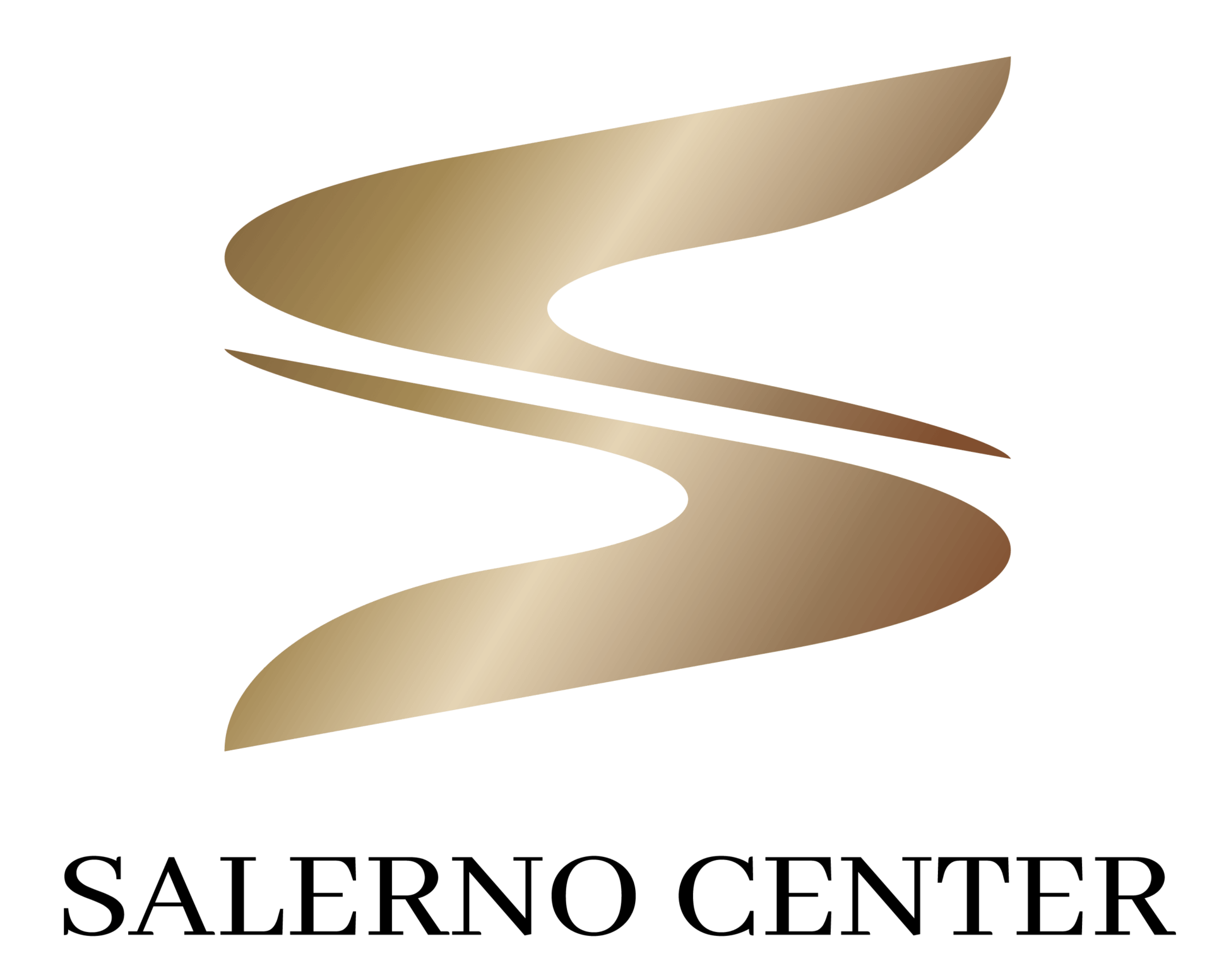VIEW OUR CURRENT SPECIAL OFFERS
ULTRASOUNDUltrasound is a non-invasive, convenient, and cost-effective healthcare
tool that uses real-time imaging to help deconstruct complex biopsies.
Ultrasound, a diagnostic tool used in many medical imaging procedures involving muscles, tendons, and internal organs, is a painless way of evaluating the insides of the body. Oftentimes the kind of ultrasound imaging employed is dictated by the condition being evaluated. Since no special physical preparation is required, individuals experience zero discomforts.
Once the specific area has been prepared for examination, the licensed specialist will apply a small amount of gel and waves a wand, commonly referred to as a transducer. When connected to a computer, the transducer communicates sound waves that are used to create a detailed image of the observed body part or tissue in question. Depending on the procedure, the test lasts for only a series of short minutes. Ultrasound is a non-invasive, convenient, and cost-effective healthcare tool that uses real-time imaging to help deconstruct complex biopsies.
Types of Ultrasound Used
- Echocardiogram Ultrasound : Using sound waves to analyze the hearts movement, valve health, and chamber abnormalities, an echocardiogram can be a useful, non-invasive treatment measure for evaluating blood flow, arrhythmia, murmurs, chemical stressors, chest pain, and shortness of breath.
- Pelvic Ultrasound : Capturing images of the lower belly, pelvic ultrasound technology looks at soft tissue organs. In women, a pelvic ultrasound gives a comprehensive health analysis of the bladder, cervix, fallopian tubes, and uterus. For men, areas of concern include the prostate gland, bladder, and seminal vesicles. Complications of the bladder, kidney issues, pelvic pain, chronic inflammation, infertility, abnormal growth, and fibroids are all appropriate candidates for ultrasound evaluation.
- Thyroid Ultrasound : While lying on your back, a trained ultrasound technician will check for any abnormal growth that’s related to your thyroid, which is an important endocrine gland located in front of the neck that regulates your heartbeat, metabolism, and body temperature.
- Vascular Ultrasound (lower extremities) : If a clot is discovered in the vein or is suspected, a lower extremity venous ultrasound will typically be performed. The test checks total blood flow and venous insufficiency(leaky valves) – which may cause swelling or edema in the body.
- Carotid Artery Ultrasound : The carotid arteries, which carry oxygen-rich blood to the body, including areas of the face, neck, scalp, and brain, serve as integral parts of a much larger cardiovascular system. Under certain conditions, plaque buildup may take place. If left untreated, this sticky substance can harden vessel walls, reduce oxygen flow, promote clotting, and eventually cause a stroke. A carotid ultrasound can shed light on blood movement, the unique type of blockage, and possible treatment strategy.
Ultrasound - Frequently Asked Question
- Cost-effective
- Non-invasive
- Prevention Oriented
- Customizable
- Versatile
- Low-risk
- Quick, easy, and simple
Used since the 1930’s, ultrasound has been employed for decades in the field of medicine and has had little or no safety risks. Considered safe by the Food & Drug Administration or FDA, ultrasound uses non-iodizing radiation, unlike most commonly used x-ray imaging systems. During the procedure, a small amount of heat is generated and transferred to the exposed tissue area, but there is no ionizing radiation exposure ever involved.
The exam usually takes about 15-45 minutes.
A radiologist will study your films, and the results will be mailed to your physician.
It is important to note preparation depends on the area you are having an ultrasound done on. For an abdominal scan of the gallbladder, liver, and pancreas – do not eat or drink anything after midnight the night prior to the exam. These tests require a full bladder. You must drink 32 ounces of fluid 90 minutes prior to the exam. Other types of ultrasound exams have no preparation required, such as thyroid, extremity, carotid, and echocardiogram.
You will lie down on a bed in a dimly lit room and the technologist will apply a lubricating warm gel on your skin over the area to be examined. A probe is passed over the specific area several times. Images are made by moving the probe across the area being examined. The image is then stored on film.



